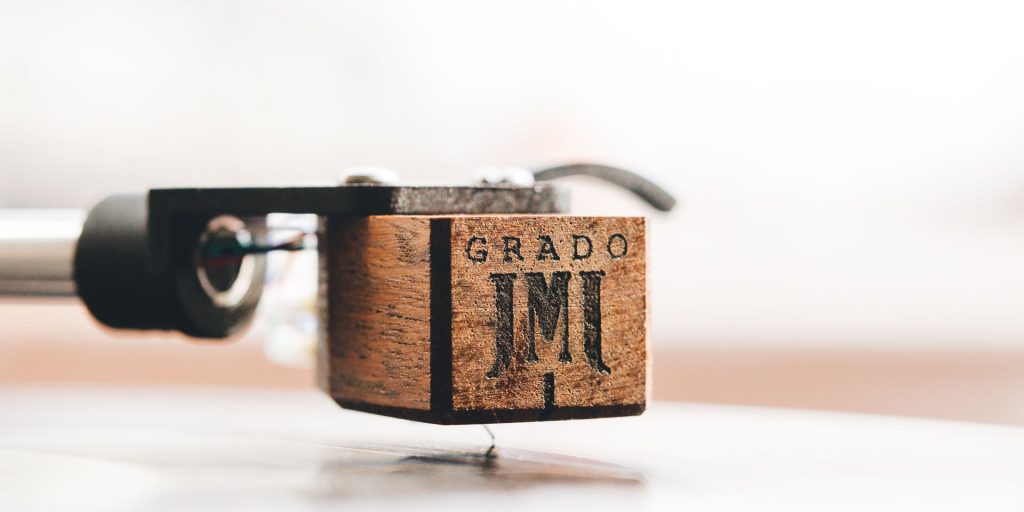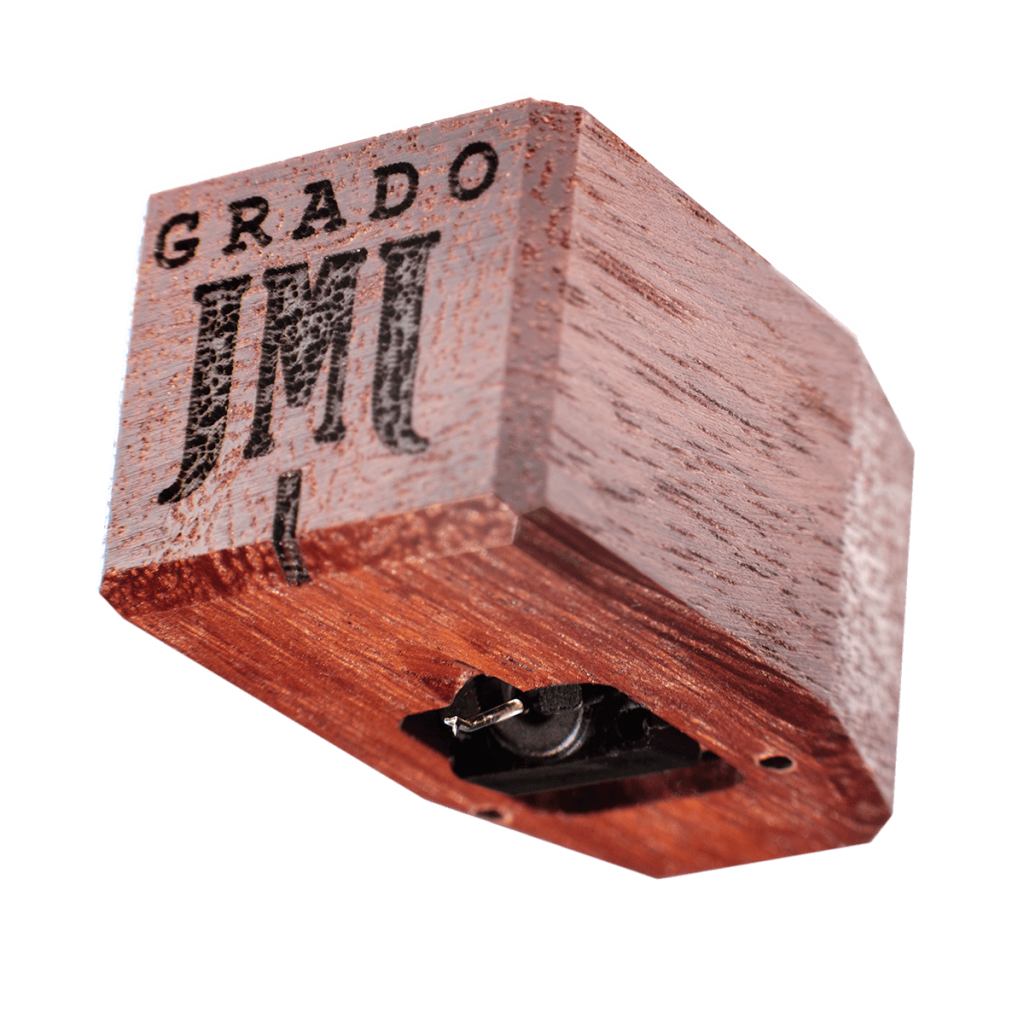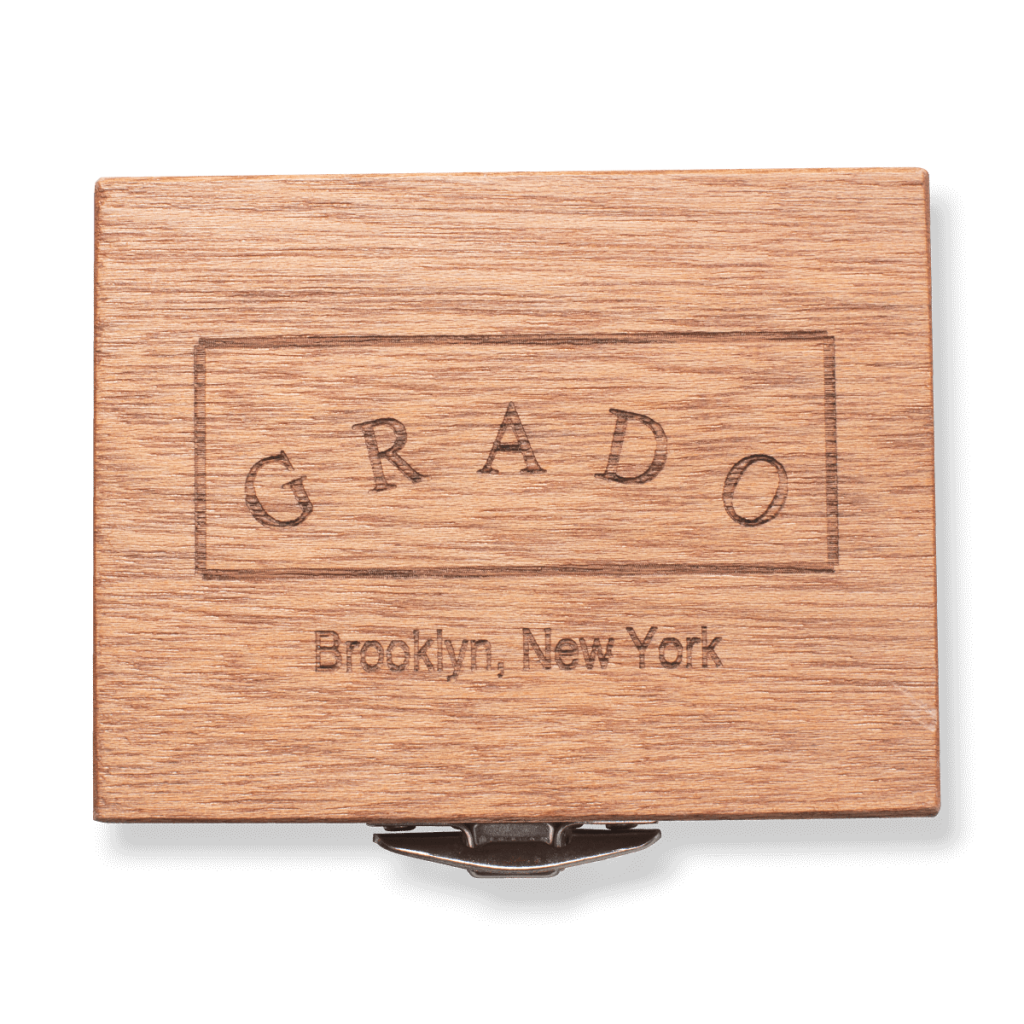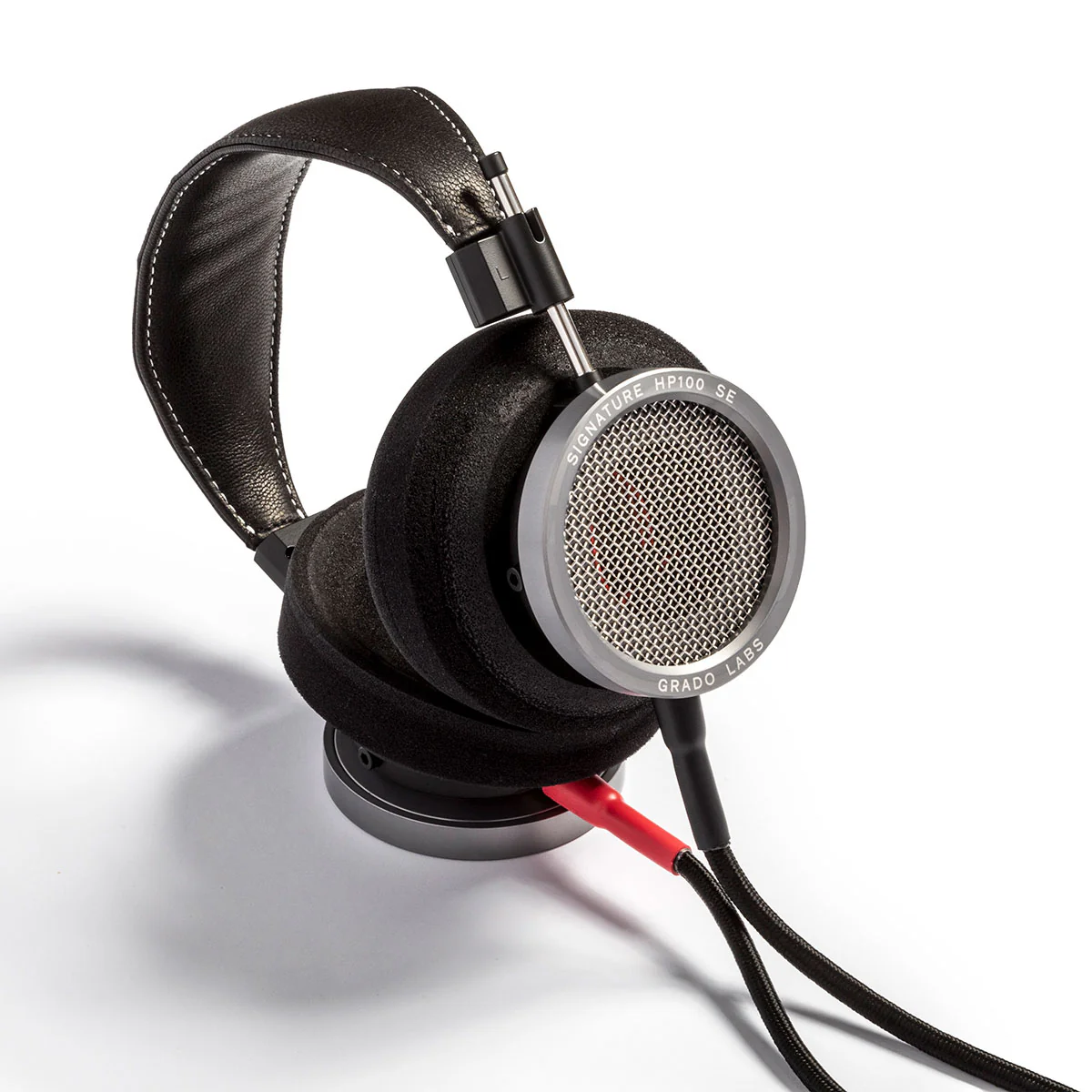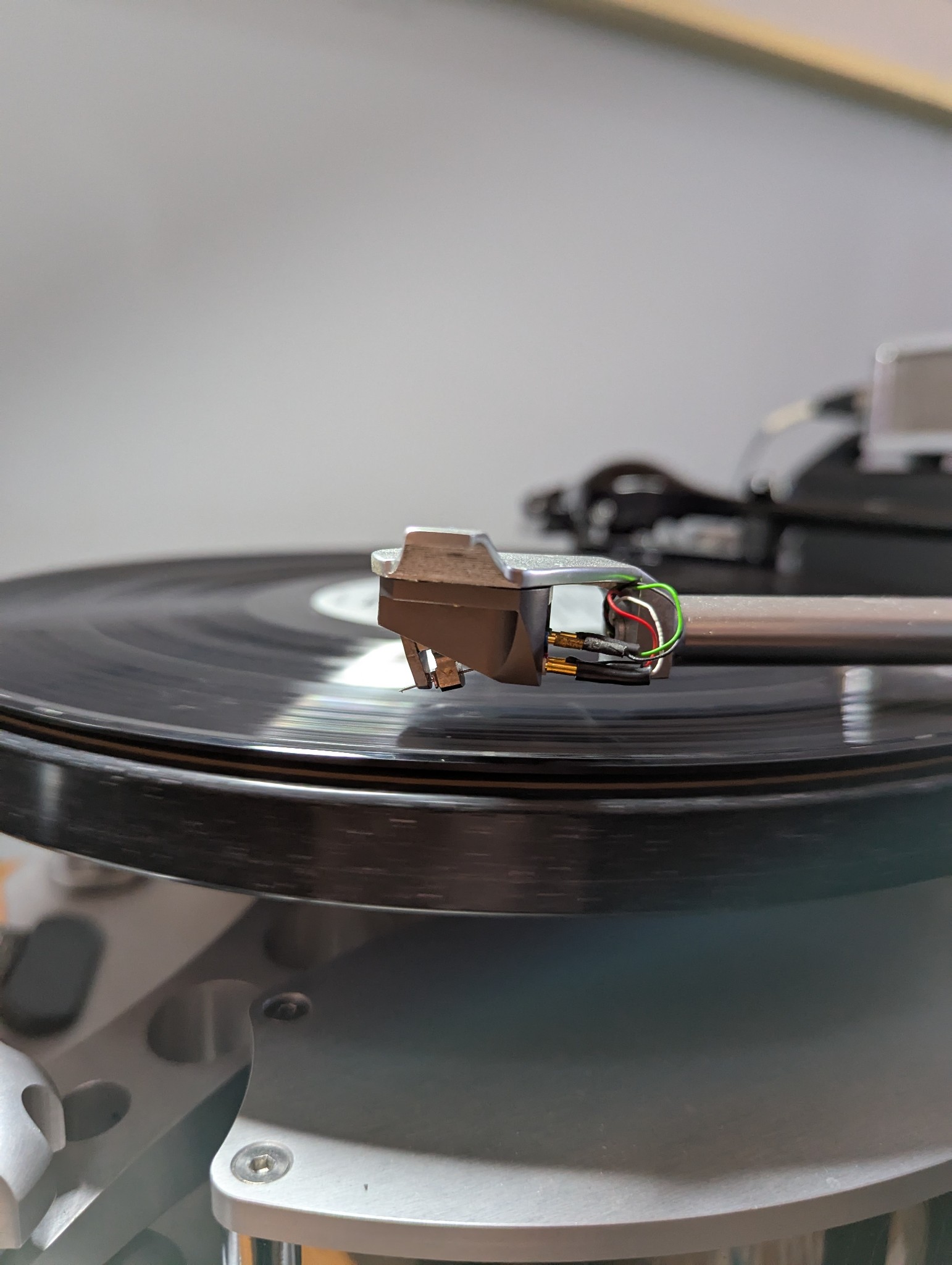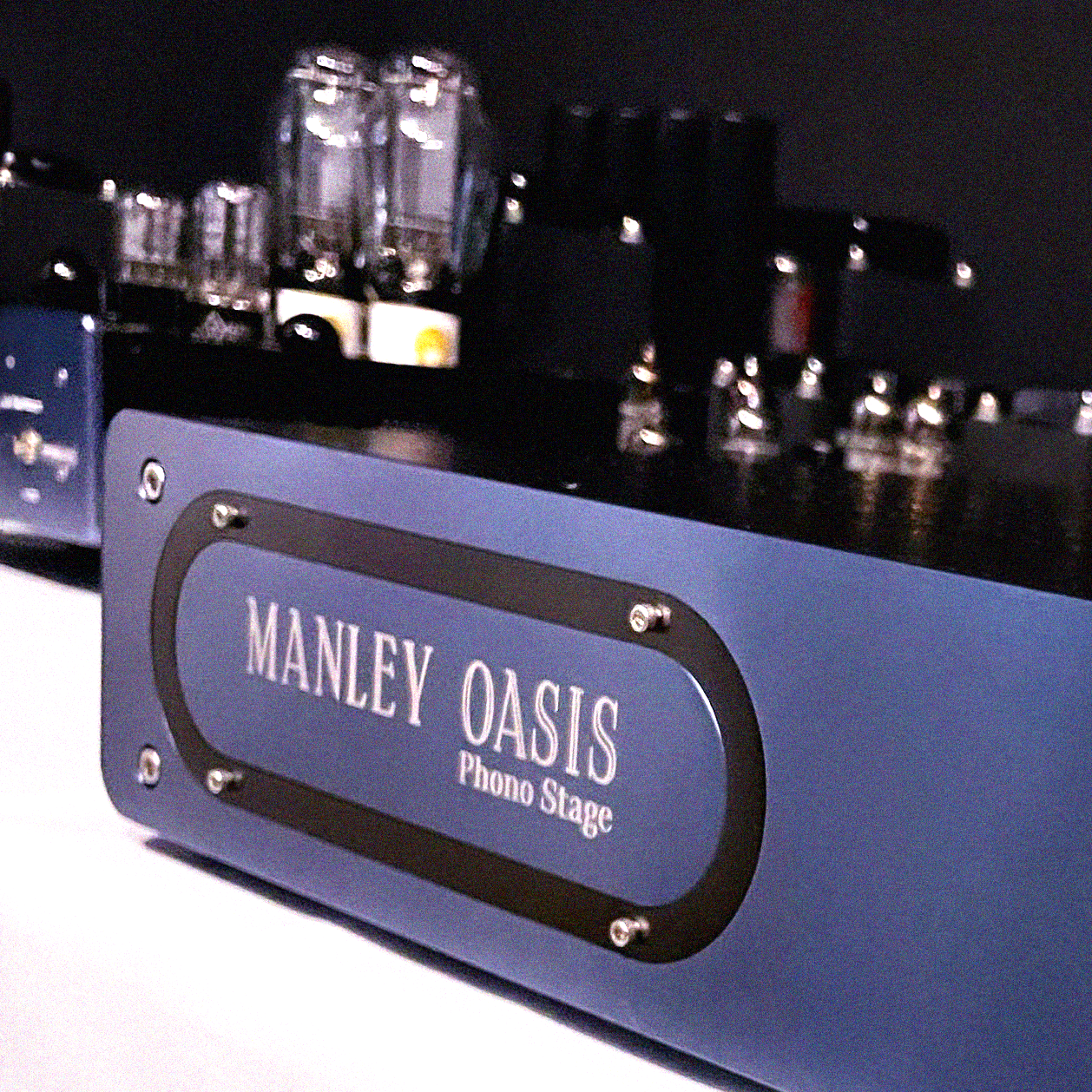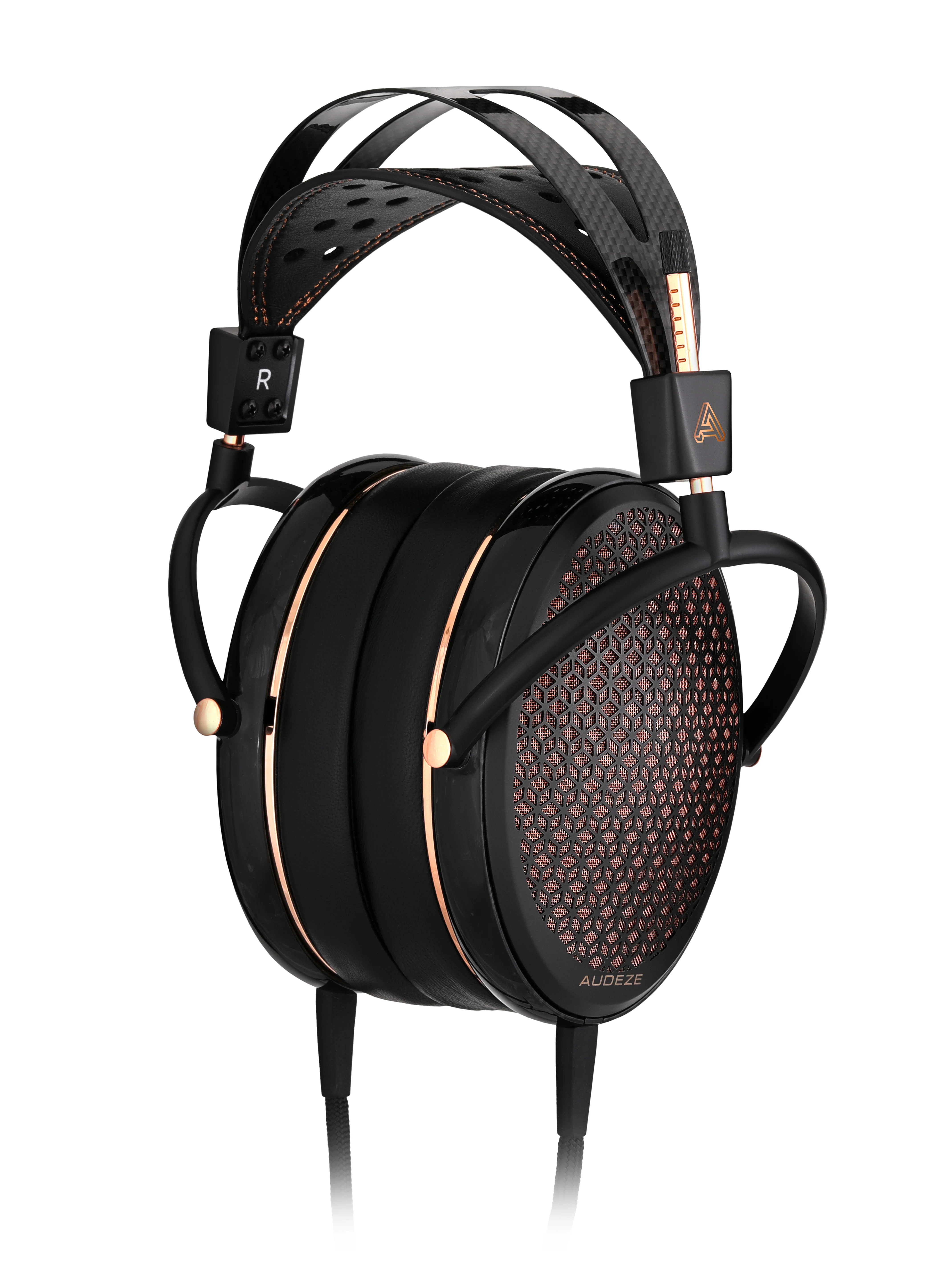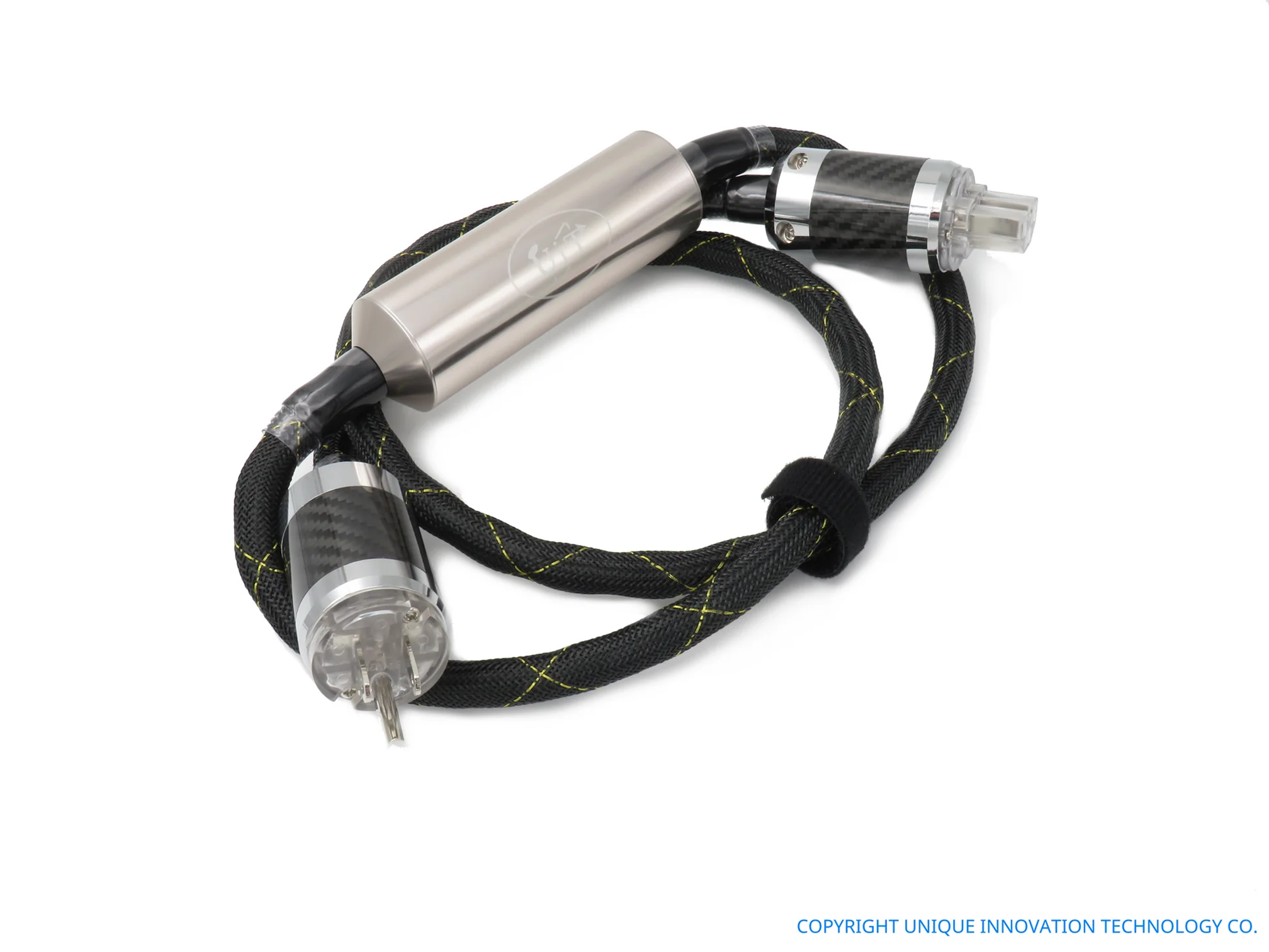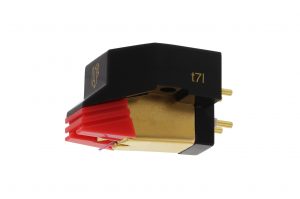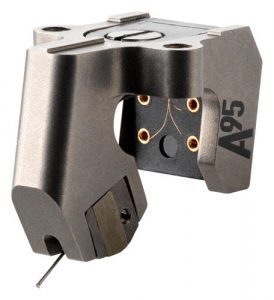I particularly appreciate high-value products, so I set out to identify over-performers that are underpriced in the phono cartridge world. Simply asking the cartridge manufacturers or distributors for their recommendations yielded fascinating results for my new series of reviews. First up to bat is Grado Labs, with an upper mid-line model designated the Timbre Reference3 suggested by John Chen, General Sales Manager for Grado Labs in Brooklyn, NY. With consumer cartridge pricing ranging from $190 to $12,000, The Reference3 at $1500 offers exciting possibilities!
Grado models are organized into three performance groups: Prestige, Timbre, and Lineage. There has been immense trickle-down technology flowing throughout the lines from the development of the Epoch3. The rubber elastomer compound discovered for the Epoch is now included in every model regardless of price. Every model now has four coils. Every model uses super-annealed ultra-pure copper wire. All use elliptical diamond styluses. The Timbre Reference3 is the top cartridge offering in the Timbre line, with the most trickle-down touches of all of the Grado cartridges for less money.
The Reference3 is MI and has 1.0mv output into 47Kohms. Made of Jarrah wood mahogany it has almost the musical characteristics of the rarer, more expensive Epoch3 cocobolo. The Reference3 has an excellent boron cantilever compared to an exotic sapphire cantilever on the Epoch3. Both are hand adjusted to optimum performance with selected parts and materials. The Epoch is adjusted by John Grado, personally. Both use elliptical diamond styli though the Epoch does receive a special selection. Altogether, the Reference3 could very well perform similarly to the much more expensive Epoch3. We shall see.
I set up a playback setup with identical Helius Omega tonearms on my E.A.R. Disc Master Magnetic Drive Turntable. Both arms were connected to my E.A.R 912 Professional Control Center using Jorma Origo Interconnects terminated by RCA connectors into the two phono inputs on the E.A.R. 912. I connected the Epoch3 on Input one and Reference3 on Input two. Set to the MM/MI setting for both cartridges at 47kohms, I compared the two cartridges at identical volume levels.
After 100 hours of run-in for the Reference3 and careful tweaking of the VTA for optimum performance, I let the comparisons begin. Here is what I heard.
Overall Definition
The Reference3 produced about 75% of the overall textural information of the Epoch3. All this reduction was more subtle than you might believe. Why? Because the Reference3 has very nearly the same musical character and tonal temperament as the Epoch, just less content (you may refer to it as richness.) What the Reference3 produced is intensely musical and realistic that is not lacking in detail, until and useless you have an Epoch for comparison. The Aeon3 for $6000 has 90% of the definition of the Epoch3 and slightly less precise imaging.
Imaging Comparison
Here is the kicker. The Reference3 images as tightly and realistically as the Epoch3. Image size and placement is identical. Mellifluousness and verisimilitude are spot on the same. The thing that the Reference3 is only lacking is the density of the images. Regardless, listening with the Reference3 is great fun, and fully satisfying.
For example, listening to the Heifetz violin on the RCA label of the Sibelius Violin Concerto, a 1S copy LP, the violin was beautifully centered with both cartridges. Both were great at reproducing Heifetz as he moved from side to side, and both yielded the many dynamic changes. Both made the violin sound very sweet and very much like the Strad he played. However, I was more aware of the sound of the violin body and the bowing sounds with the Epoch3. The hall sound was well defined with the Reference3, although the Epoch3 was excellent in this regard. Soundstage width and height were the same. Depth perspective was very close, with a nod to the Epoch3. Overall tonality was THE SAME. I found this all pretty exciting when comparing a cartridge that costs 800% more.
At this point, I queried John Chen at Grado to find out if my sample was specially selected or adjusted for my review. After checking, he wrote that the cartridge was taken from stock and sent directly to me. Thank you, JC.
Frequency Response
Highs are silky smooth and relaxed on classical recordings with both cartridges. They may be powerful and appropriately biting on straight jazz, and were dynamic and powerful on New Age and synthesizer. With diamond tweeters, little is obscured. I detected no additive distortion at high frequencies with either cartridge. The Reference3 is a high-frequency honey, and will be a jewel even in bright systems with horns. By comparison, the Epoch3 was more completely defined and left nothing on the table.
Mid-band performance is precise and musically natural with the Reference3. My 45RPM Acoustic Sounds Kind of Blue album is alive and uber-realistic. It is very enjoyable and truly dynamic and open sounding with the Reference3. Yes, the Epoch3 is more detailed, but not in such a way that it is uniquely satisfying in some way compared to its less expensive sibling. Both are satisfying. The Epoch3 is state of the art, and you will pay appropriately. The Reference3's sins are all of omission; there was no audible error of commission whatsoever.
The bass response on the Reference3 is deep, bold, very layered, and detailed. I was most satisfied with jazz and classical recordings with deep, well-defined bass with the Reference3. I heard no smearing, shrinking, or roll-off with the Reference3. Bass was room-filling and surprisingly accurate for its low price. The Epoch3 was somewhat warmer and fuller in the bass, but was otherwise identical. When Grado licked the imaging specificity challenge, giving the Reference3 the build quality to manage low frequencies with aplomb, Grado built a high-value design for the up-and-coming audiophile. For me, imaging is the key.
Tracking Ability
I was unable to make either cartridge mistrack on any albums. The marriage of the Helius Omega Tonearm and either Grado is a superb match.
Summary
I wholeheartedly agree that the Reference3 is the Sweetheart of the Line. Offering a huge slice of what the Epoch3 is offering, the ability to image as well as that top-level cartridge is quite an achievement. You sacrifice some definition and textural information with the Reference3, but you get no additive problems or colorations that should not be there. The Reference3 is a flawless tracker, a soundstage champ, and most satisfying to enjoy.
If you are looking for a high-value, moderately-priced cartridge, or just need a Sweetheart—and who doesn't—look no further! I emphatically recommend the outstanding Reference3 Low Output MI Phono Cartridge.
Timbre Series Reference3 Low Output MI Phono Cartridge
Retail price: $1500
Grado Labs
4614 7th Avenue
Brooklyn, NY 11220
USA
718.435.5340
All photographs courtesy of Grado Labs.




